-
×
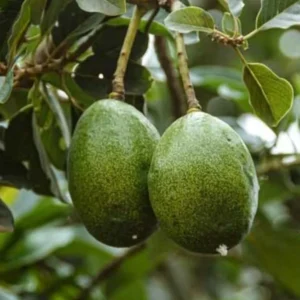 Grafted Hass Avocado Plant Live Tree In Pot, No CA, Hass Avocado Trees Live Plants
$169.99
Grafted Hass Avocado Plant Live Tree In Pot, No CA, Hass Avocado Trees Live Plants
$169.99 -
×
 Ice Cream Banana Tree, Blue Java Banana, 4-6" Bareroot Live Plant - Vanilla Flavor Bananas - USDA Zones 8-11
$31.99
Ice Cream Banana Tree, Blue Java Banana, 4-6" Bareroot Live Plant - Vanilla Flavor Bananas - USDA Zones 8-11
$31.99 -
×
 Red Chokecherry Tree - Live Plant, 8-14 Inch Tall, Chokecherry Plant in 2.5 Inch Pot, No Shipping to CA
$27.99
Red Chokecherry Tree - Live Plant, 8-14 Inch Tall, Chokecherry Plant in 2.5 Inch Pot, No Shipping to CA
$27.99 -
×
 2 Sassafras Trees Live Plants Sapling Seedlings, Live Sassafras Albidum Tree for Planting, 6-14 Inches Tall Bare Root, Red Leaf in Fall, Outdoor Planting
$44.99
2 Sassafras Trees Live Plants Sapling Seedlings, Live Sassafras Albidum Tree for Planting, 6-14 Inches Tall Bare Root, Red Leaf in Fall, Outdoor Planting
$44.99 -
×
 Red Twig Dogwood Live Plant Shrub, Well Rooted, No Pot, 8-16 Inc Liners, No Leaf in Winter
$47.99
Red Twig Dogwood Live Plant Shrub, Well Rooted, No Pot, 8-16 Inc Liners, No Leaf in Winter
$47.99 -
×
 Satsuma Citrus Tree - 2-3 Feet in 1 Gallon Container - Easy to Grow
$99.99
Satsuma Citrus Tree - 2-3 Feet in 1 Gallon Container - Easy to Grow
$99.99 -
×
 Red Twig Dogwood Shrub Tree, Twig Dogwood Bushes Live Plant, Bare Root, 8-16 Inc Liners, Dormant in Winter
$43.99
Red Twig Dogwood Shrub Tree, Twig Dogwood Bushes Live Plant, Bare Root, 8-16 Inc Liners, Dormant in Winter
$43.99 -
×
 Sugar Apple Tree – 12-14 Inch Tall Sweetsop Annona Squamosa Sugar Apple Plant in Half-Gallon Pot for Outdoor Planting and Fruit Growing
$56.99
Sugar Apple Tree – 12-14 Inch Tall Sweetsop Annona Squamosa Sugar Apple Plant in Half-Gallon Pot for Outdoor Planting and Fruit Growing
$56.99 -
×
 Day Avocado Tree Grafted 1.5-3 Ft, Live Tropical Fruit Tree for Planting Outdoor Indoor Plant
$129.99
Day Avocado Tree Grafted 1.5-3 Ft, Live Tropical Fruit Tree for Planting Outdoor Indoor Plant
$129.99 -
×
 2 Chrysanthemum Flower Live Plants, Red Flowers, 4 to 6 Inc Tall, Chrysanthemum Plant Live Plugs for Gardening Indoors Outdoors, Mums Plant Live
$29.79
2 Chrysanthemum Flower Live Plants, Red Flowers, 4 to 6 Inc Tall, Chrysanthemum Plant Live Plugs for Gardening Indoors Outdoors, Mums Plant Live
$29.79 -
×
 Valencia Orange Tree - 1-2 Ft Tall, Gallon Pot, Citrus Tree
$102.99
Valencia Orange Tree - 1-2 Ft Tall, Gallon Pot, Citrus Tree
$102.99 -
×
 Kesar Mango Tree Grafted - Sweet Indian Mango Variety - 2-4 Feet Tall
$137.99
Kesar Mango Tree Grafted - Sweet Indian Mango Variety - 2-4 Feet Tall
$137.99 -
×
 Set 3 Wonderful Pomegranate Tree Live Plant - 5 to 7 Inches Tall, Pomegranate Fruit Tree Plant for Home Garden
$49.99
Set 3 Wonderful Pomegranate Tree Live Plant - 5 to 7 Inches Tall, Pomegranate Fruit Tree Plant for Home Garden
$49.99 -
×
 Crassula Rupestris Baby Necklace Succulent - 2 inch Pot - Rare Plant
$21.99
Crassula Rupestris Baby Necklace Succulent - 2 inch Pot - Rare Plant
$21.99 -
×
 100 Lemon Cucumber Seeds, Cucumber Plant Seeds, Cucumber Seeds For Planting Outdoors Indoors, Vegetable Seeds
$15.49
100 Lemon Cucumber Seeds, Cucumber Plant Seeds, Cucumber Seeds For Planting Outdoors Indoors, Vegetable Seeds
$15.49 -
×
 Pomegranate Fruit Tree 3 Gallon Pot - Grow Your Own Fruit
$119.99
Pomegranate Fruit Tree 3 Gallon Pot - Grow Your Own Fruit
$119.99 -
×
 Black Chokeberry Tree - Live Plant, 6-12 Inch Tall, Chokeberry Plant in 2.5 Inch Pot
$19.99
Black Chokeberry Tree - Live Plant, 6-12 Inch Tall, Chokeberry Plant in 2.5 Inch Pot
$19.99 -
×
 Set 2 Wonderful Pomegranate Tree Live Plant - 6 to 9 Inches Tall, Pomegranate Fruit Tree Plant for Home Garden
$35.98
Set 2 Wonderful Pomegranate Tree Live Plant - 6 to 9 Inches Tall, Pomegranate Fruit Tree Plant for Home Garden
$35.98 -
×
 Blood Orange Tree - 1-2 Ft in Gallon Pot Fruit Tree
$102.99
Blood Orange Tree - 1-2 Ft in Gallon Pot Fruit Tree
$102.99 -
×
 Wonderful Pomegranate Tree Live Plant - 10 to 12 Inches Tall, Pomegranate Fruit Tree or Bush, Perfect for Indoor or Outdoor Growing
$29.99
Wonderful Pomegranate Tree Live Plant - 10 to 12 Inches Tall, Pomegranate Fruit Tree or Bush, Perfect for Indoor or Outdoor Growing
$29.99 -
×
 Nam Doc Mai Mango Plant Grafted, 1.5-3 Ft Tall, Comes in Gallon Pot, Mango Tree Live Plant
$129.99
Nam Doc Mai Mango Plant Grafted, 1.5-3 Ft Tall, Comes in Gallon Pot, Mango Tree Live Plant
$129.99
Crepe Myrtle Tree, 18-24 Inch Tall, Ornamental Crape Myrtle Plant Live, in Quart Pot, Fragrant Myrtle Flowers Bush Shrub
$36.99
Enhance your landscape with a Crepe Myrtle Tree. This ornamental Crape Myrtle boasts vibrant flowers & year-round interest. Get yours in a quart pot!
Estimated arrival
Dec 17
Dec 22 - Dec 24
Dec 27 - Dec 31
Shipping and return policies: Our 30-Day Plant Health Guarantee covers issues with your plants within the first 30 days. Get in touch with us via email, and our team will review your concerns and, if necessary, provide you with a one-time replacement at no cost.

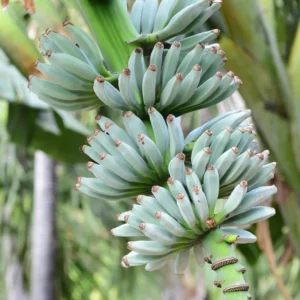 Ice Cream Banana Tree, Blue Java Banana, 4-6" Bareroot Live Plant - Vanilla Flavor Bananas - USDA Zones 8-11
Ice Cream Banana Tree, Blue Java Banana, 4-6" Bareroot Live Plant - Vanilla Flavor Bananas - USDA Zones 8-11 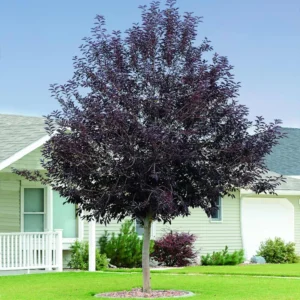 Red Chokecherry Tree - Live Plant, 8-14 Inch Tall, Chokecherry Plant in 2.5 Inch Pot, No Shipping to CA
Red Chokecherry Tree - Live Plant, 8-14 Inch Tall, Chokecherry Plant in 2.5 Inch Pot, No Shipping to CA  2 Sassafras Trees Live Plants Sapling Seedlings, Live Sassafras Albidum Tree for Planting, 6-14 Inches Tall Bare Root, Red Leaf in Fall, Outdoor Planting
2 Sassafras Trees Live Plants Sapling Seedlings, Live Sassafras Albidum Tree for Planting, 6-14 Inches Tall Bare Root, Red Leaf in Fall, Outdoor Planting  Red Twig Dogwood Live Plant Shrub, Well Rooted, No Pot, 8-16 Inc Liners, No Leaf in Winter
Red Twig Dogwood Live Plant Shrub, Well Rooted, No Pot, 8-16 Inc Liners, No Leaf in Winter  Satsuma Citrus Tree - 2-3 Feet in 1 Gallon Container - Easy to Grow
Satsuma Citrus Tree - 2-3 Feet in 1 Gallon Container - Easy to Grow 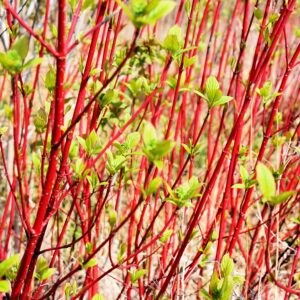 Red Twig Dogwood Shrub Tree, Twig Dogwood Bushes Live Plant, Bare Root, 8-16 Inc Liners, Dormant in Winter
Red Twig Dogwood Shrub Tree, Twig Dogwood Bushes Live Plant, Bare Root, 8-16 Inc Liners, Dormant in Winter 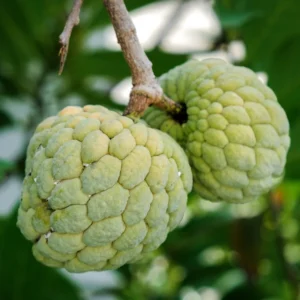 Sugar Apple Tree – 12-14 Inch Tall Sweetsop Annona Squamosa Sugar Apple Plant in Half-Gallon Pot for Outdoor Planting and Fruit Growing
Sugar Apple Tree – 12-14 Inch Tall Sweetsop Annona Squamosa Sugar Apple Plant in Half-Gallon Pot for Outdoor Planting and Fruit Growing 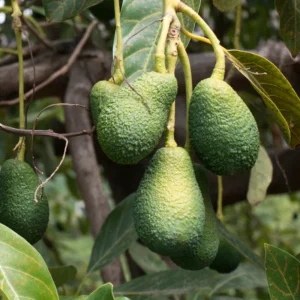 Day Avocado Tree Grafted 1.5-3 Ft, Live Tropical Fruit Tree for Planting Outdoor Indoor Plant
Day Avocado Tree Grafted 1.5-3 Ft, Live Tropical Fruit Tree for Planting Outdoor Indoor Plant  2 Chrysanthemum Flower Live Plants, Red Flowers, 4 to 6 Inc Tall, Chrysanthemum Plant Live Plugs for Gardening Indoors Outdoors, Mums Plant Live
2 Chrysanthemum Flower Live Plants, Red Flowers, 4 to 6 Inc Tall, Chrysanthemum Plant Live Plugs for Gardening Indoors Outdoors, Mums Plant Live  Valencia Orange Tree - 1-2 Ft Tall, Gallon Pot, Citrus Tree
Valencia Orange Tree - 1-2 Ft Tall, Gallon Pot, Citrus Tree 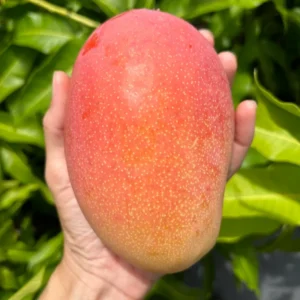 Kesar Mango Tree Grafted - Sweet Indian Mango Variety - 2-4 Feet Tall
Kesar Mango Tree Grafted - Sweet Indian Mango Variety - 2-4 Feet Tall 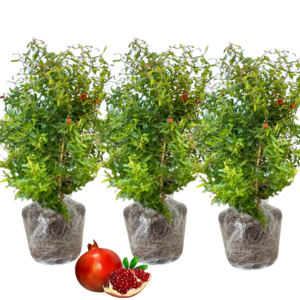 Set 3 Wonderful Pomegranate Tree Live Plant - 5 to 7 Inches Tall, Pomegranate Fruit Tree Plant for Home Garden
Set 3 Wonderful Pomegranate Tree Live Plant - 5 to 7 Inches Tall, Pomegranate Fruit Tree Plant for Home Garden 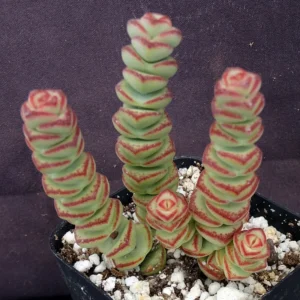 Crassula Rupestris Baby Necklace Succulent - 2 inch Pot - Rare Plant
Crassula Rupestris Baby Necklace Succulent - 2 inch Pot - Rare Plant 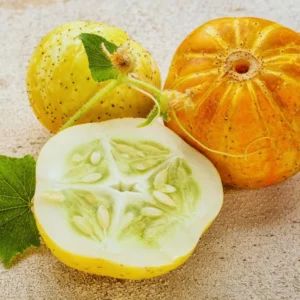 100 Lemon Cucumber Seeds, Cucumber Plant Seeds, Cucumber Seeds For Planting Outdoors Indoors, Vegetable Seeds
100 Lemon Cucumber Seeds, Cucumber Plant Seeds, Cucumber Seeds For Planting Outdoors Indoors, Vegetable Seeds 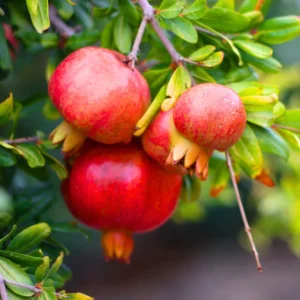 Pomegranate Fruit Tree 3 Gallon Pot - Grow Your Own Fruit
Pomegranate Fruit Tree 3 Gallon Pot - Grow Your Own Fruit  Black Chokeberry Tree - Live Plant, 6-12 Inch Tall, Chokeberry Plant in 2.5 Inch Pot
Black Chokeberry Tree - Live Plant, 6-12 Inch Tall, Chokeberry Plant in 2.5 Inch Pot  Set 2 Wonderful Pomegranate Tree Live Plant - 6 to 9 Inches Tall, Pomegranate Fruit Tree Plant for Home Garden
Set 2 Wonderful Pomegranate Tree Live Plant - 6 to 9 Inches Tall, Pomegranate Fruit Tree Plant for Home Garden 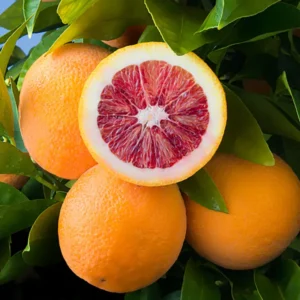 Blood Orange Tree - 1-2 Ft in Gallon Pot Fruit Tree
Blood Orange Tree - 1-2 Ft in Gallon Pot Fruit Tree  Wonderful Pomegranate Tree Live Plant - 10 to 12 Inches Tall, Pomegranate Fruit Tree or Bush, Perfect for Indoor or Outdoor Growing
Wonderful Pomegranate Tree Live Plant - 10 to 12 Inches Tall, Pomegranate Fruit Tree or Bush, Perfect for Indoor or Outdoor Growing 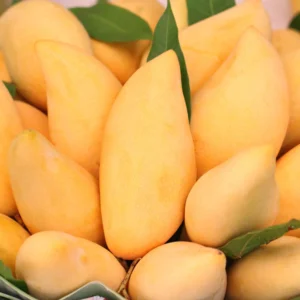 Nam Doc Mai Mango Plant Grafted, 1.5-3 Ft Tall, Comes in Gallon Pot, Mango Tree Live Plant
Nam Doc Mai Mango Plant Grafted, 1.5-3 Ft Tall, Comes in Gallon Pot, Mango Tree Live Plant 
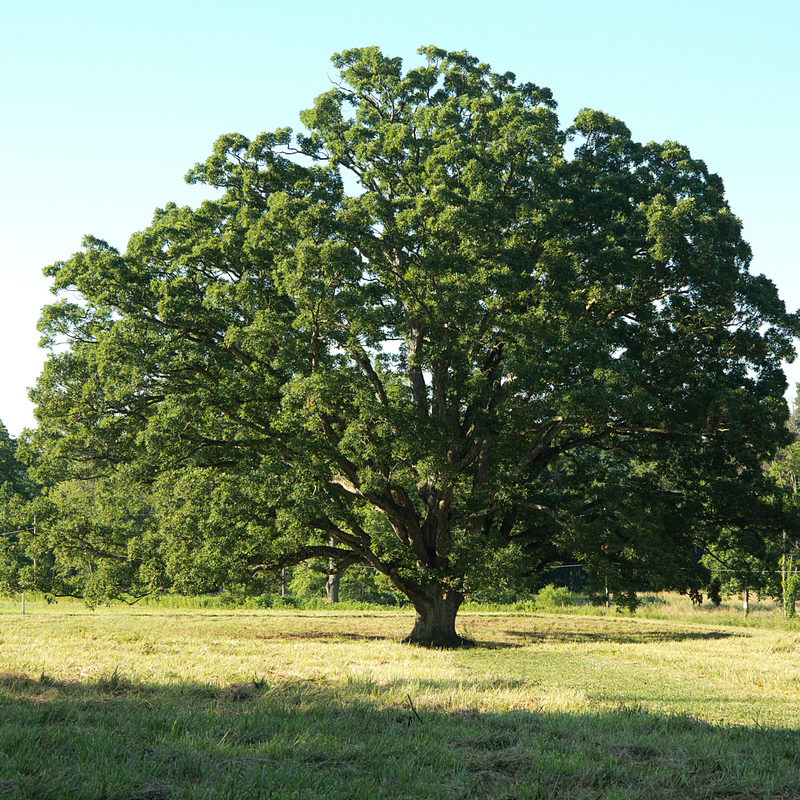

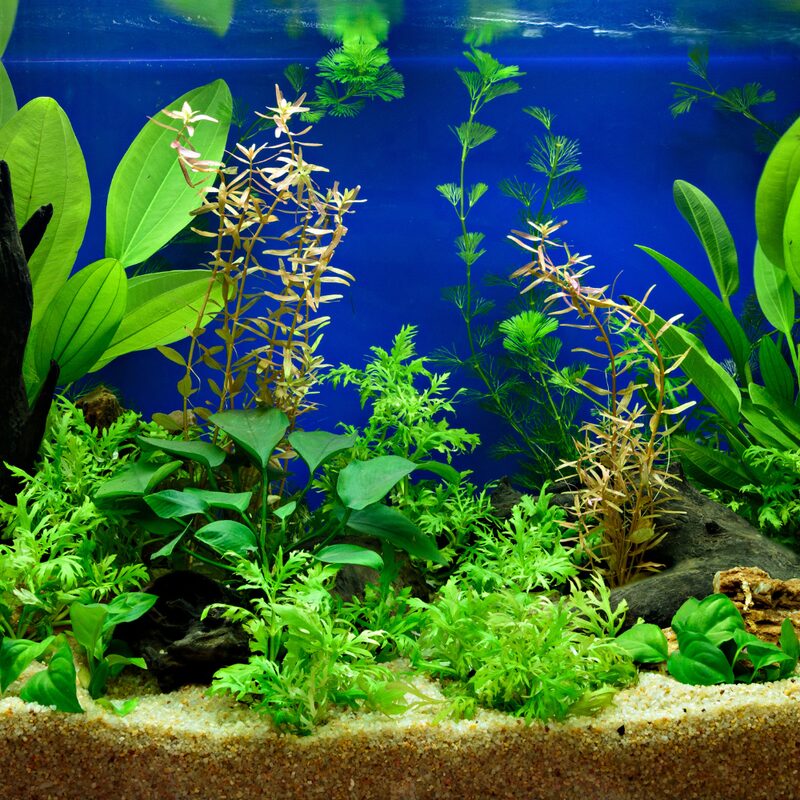





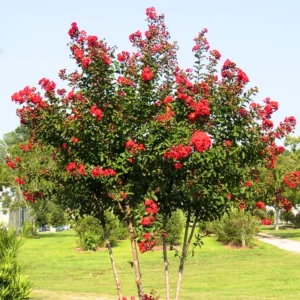
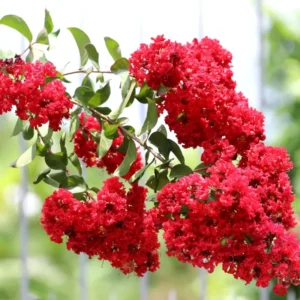





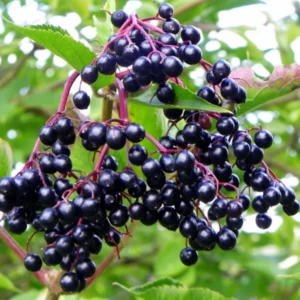
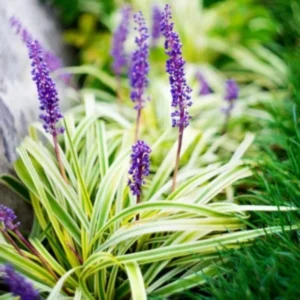
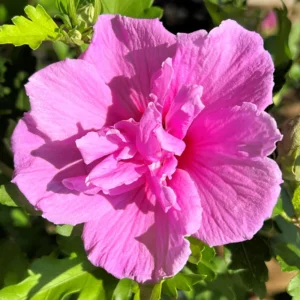
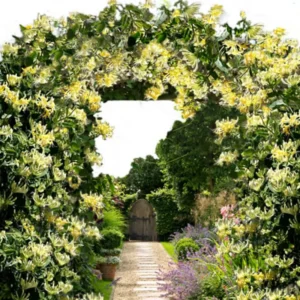
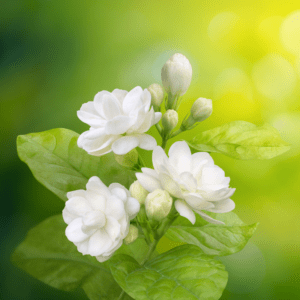
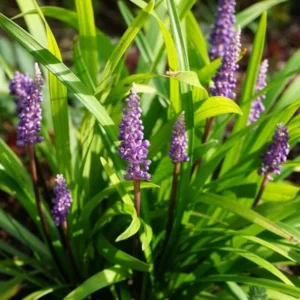
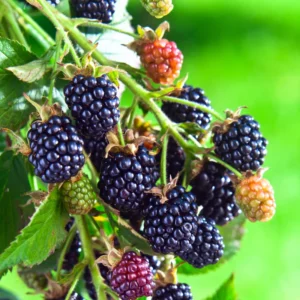
Reviews
There are no reviews yet.